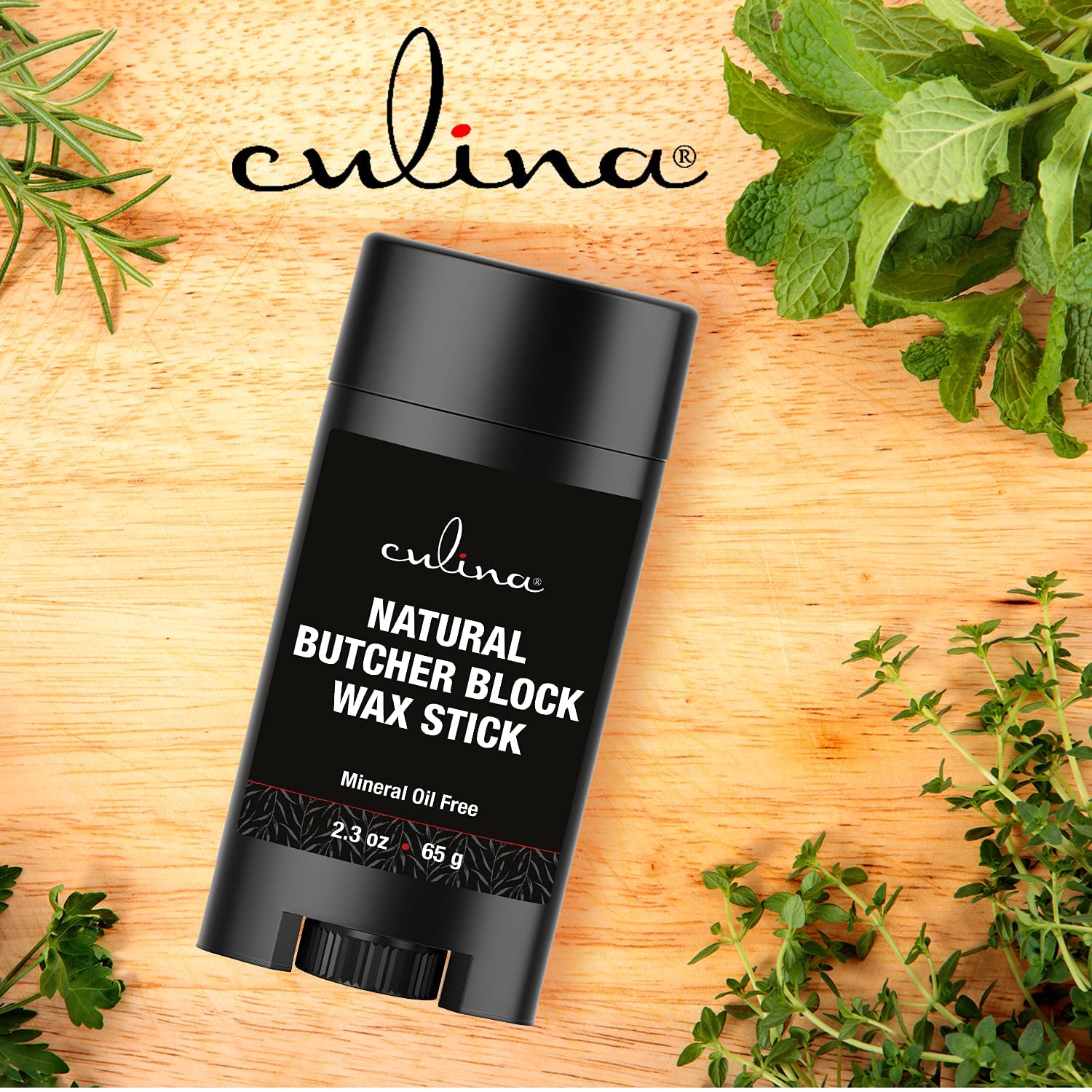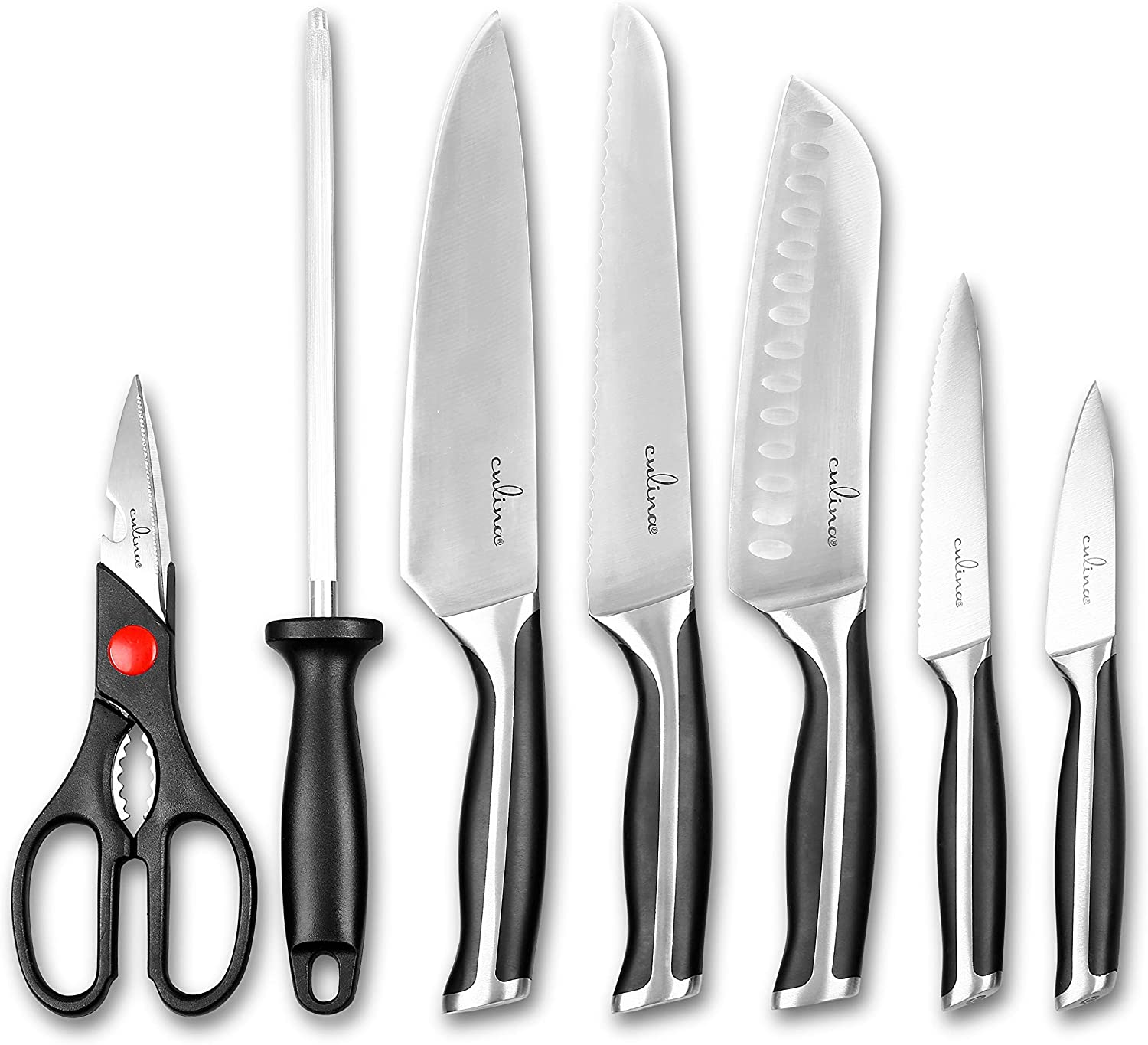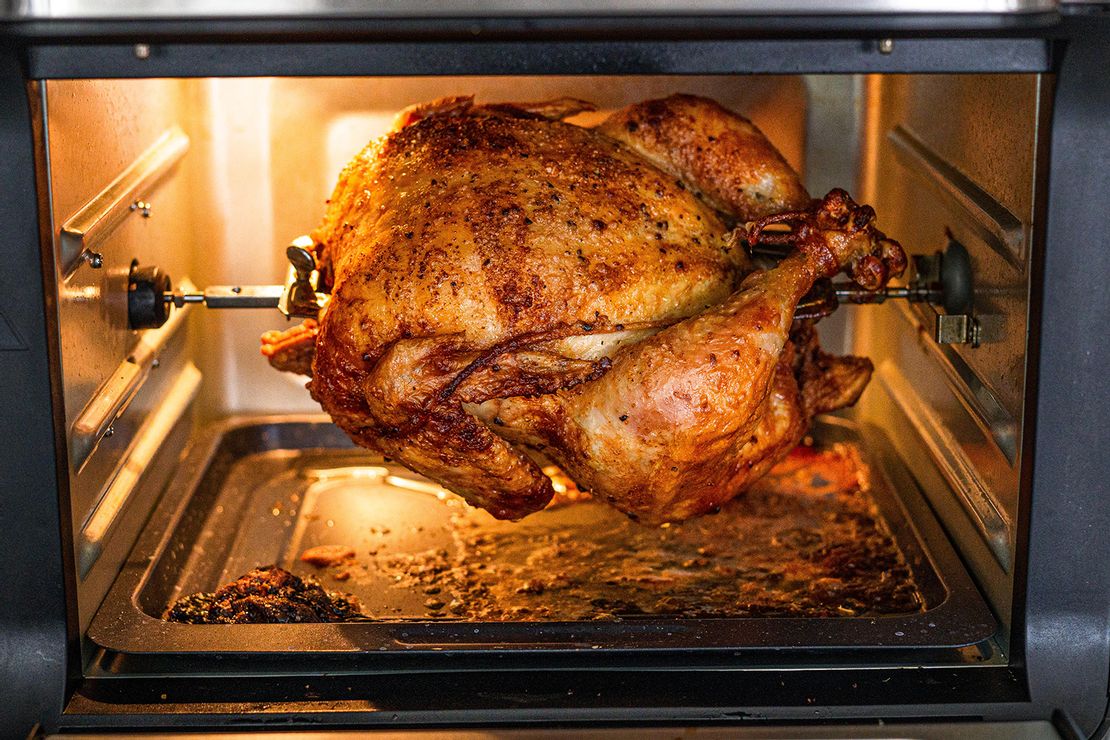Cooking a turkey on a rotisserie can be a delightful experience, offering a golden-brown, evenly cooked bird that’s perfect for any dinner. Whether it’s a holiday feast or a Sunday dinner, trussing your turkey correctly is essential for achieving that perfect roast. In this article, we will guide you step-by-step on how to truss a turkey for rotisserie cooking.

Why Trussing is Important
Trussing is the process of tying up a turkey (or any poultry) to ensure it maintains a uniform shape during cooking. This is especially important for rotisserie cooking as it enables even cooking and prevents the wings and legs from flopping about.
Preparing the Turkey
Before you start trussing, ensure your turkey is properly prepared. Wash the turkey inside and out, and remove any giblets from the cavity. Pat the turkey dry with paper towels.
Stuffing and Seasoning
While many prefer to cook stuffing separately, you can also stuff the turkey before trussing. Season the turkey inside and out with your preferred spices and herbs. This not only enhances the flavor but adds to the overall appeal of your rotisserie turkey.

Gathering Your Supplies
To truss a turkey, you will need kitchen twine, scissors, and a sturdy rotisserie rod. Make sure your work area is clean and spacious enough to lay out the turkey and work comfortably.
Step-by-Step Guide on How to Truss a Turkey for Rotisserie
Positioning the Turkey
Place the turkey breast-side up. Position it so that you can easily access both the cavity and the neck of the bird.
Securing the Legs
Trussing starts with securing the legs. Take a length of kitchen twine and tie the ends of the drumsticks together. This will ensure the legs stay in place during the cooking process.
Tying the Wings
Next, tuck the wings under the turkey’s body. Using another length of twine, make a loop around the body of the turkey, securing the wings tightly to the sides. This prevents the wings from flapping about and getting overcooked.
Creating a Loop Around the Body
Wrap the twine around the turkey’s body, bringing it up to the shoulders. Tie it firmly to ensure that the shape of the turkey is maintained. This also helps in keeping the stuffing (if any) in place.
Securing the Neck
Finally, tuck the neck skin under the turkey and secure it with twine. Make sure everything is snug and tight to maintain the bird’s structure during rotisserie cooking.
Mounting the Turkey on the Rotisserie Rod
Insert the rotisserie rod through the cavity, ensuring it goes through the center of the bird. Secure the turkey with the rotisserie forks, making sure it is balanced evenly to prevent wobbling. Tighten the screws to keep the bird firmly in place.
Cooking the Turkey
Preheat your rotisserie grill according to the manufacturer’s instructions. Place the turkey on the rotisserie spit, and start cooking. It’s essential to monitor the internal temperature using a meat thermometer. The turkey is done when the internal temperature reaches 165F in the thickest part of the thigh.
Basting the Turkey
While cooking, baste the turkey occasionally with olive oil, butter, or your seasoning mixture. This helps in achieving a crispy, golden-brown skin.
Resting the Turkey
Once the turkey is cooked, remove it from the rotisserie and let it rest for 15-20 minutes before carving. Resting allows the juices to redistribute, making the turkey juicier and easier to carve.
FAQ
Q1: What kind of twine should I use for trussing?
A: Use butcher’s twine or kitchen twine, which is safe for cooking and free of chemicals.
Q2: Can I truss a turkey without twine?
A: While twine is recommended, you can use skewers or silicone bands as alternatives, but they might not be as effective.
Q3: What if my turkey isn’t cooking evenly?
A: Ensure the turkey is balanced on the rotisserie rod. Uneven cooking can also be a result of inconsistent heat from your grill.
For more tips on dealing with rotisserie chicken, check our comprehensive guides on usage, reheating, and storage.
For more in-depth information on rotisserie cooking, visit this guide.
As an Amazon Associate, I earn from qualifying purchases.










